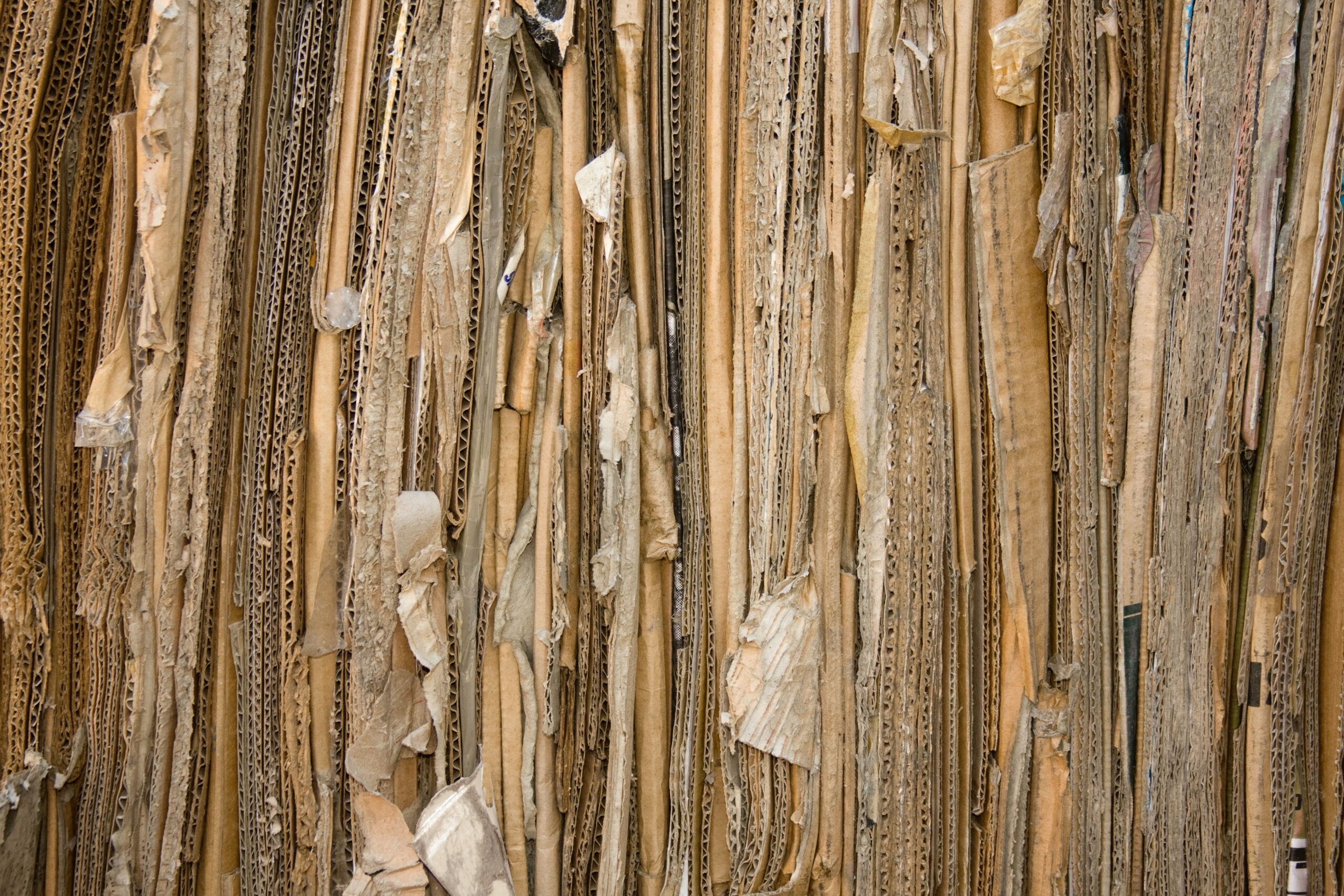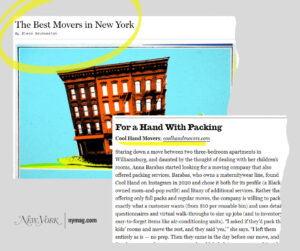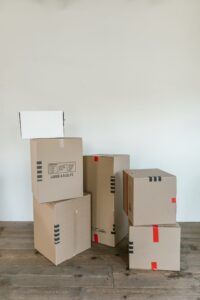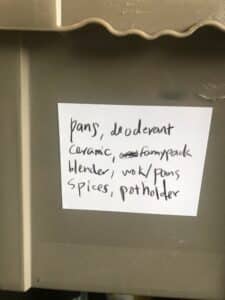Most people are aware that moving is a major project that can turn your life temporarily upside down. But what many do not realize is that moving can have just as big of an impact on the environment.
The process of packing, discarding old items, transporting in trucks and creating excess waste significantly contributes to deforestation, fuel consumption and the use of toxic cleaning chemicals. Fortunately, there are many practical steps you can take during a move to reduce waste and emissions. Here are some smart and effective ways to make your next move green.
New Ways to Pack
From the cardboard boxes littering your living room to rolls of clear tape and the snow storm of Styrofoam packing peanuts, the packing part of a move can generate lots of unnecessary trash in an attempt to store and protect items. Perhaps one of the largest waste producers is all that cardboard.
On average, each move involves 60 cardboard boxes. Multiplied by the average of 11 moves which most Americans make in a lifetime, that adds up to 660 boxes, one-half tons of wood per person. That is a lot of cardboard.
Even if movers are careful to borrow old boxes from friends and to reuse them again, the average box will only stand up to around 10 total moves. In contrast, reusable plastic crates get lots of mileage with hundreds of times of use before cracking or otherwise wearing out. And with delivery and pick up, renting reusable crates spares time and the hassle of disposing boxes at the end.
Another harmful source of waste is plastic pack bubbles and Styrofoam peanuts. These materials typically are not biodegradable and can prove toxic to the environment. Instead, try using towels and clothing to wrap picture frames and dishes. This helps protect fragile items while packing laundry that needs to come anyways. And while being creative and efficient, it cuts out the need to purchase and throw away packing materials.
To Rent the Truck or Not
After packing hundreds of boxes and dismantling furniture to fit, it is time to decide on hauling options. Depending on how far your move is, the options will look very different. For an across town move, recruiting friends and families to bring their vehicles and carrying skills will probably help complete the entire move in just a few trips. But an across country move will most likely look very different with a moving company and shipping truck.
In terms of carbon dioxide emissions, the distance of your move will greatly affect the output on the environment. Estimates suggest that renting a small moving truck that runs on 9 mpg will emit about 22 pounds of CO2 in a short-distance move. But in a cross-country move, the same truck will emit about 6,500 pounds of CO2 gas. And in a larger truck, that same distance would result in nearly twice the emissions at 11,760 pounds of CO2.
Whether you are moving to a new borough or state, there are some smart ways to lower emissions when it comes to transport. Search for ways to use biodiesel fuel. Many moving companies offer green options and trucks which run on biodiesel. Another fuel-efficient option is to use train transport. Trains are often four times as efficient as trucks.
Finally, moving provides a fantastic excuse to downsize and de-clutter. While pulling and packing everything in the house, it is a perfect time to clean out junk and other old things. This will also cut down the number of things that need transporting which in turn reduces CO2 emissions.
Rather than throwing stuff away, host a yard sale or take old clothes to a consignment shop to make some extra cash and let others reuse your belongings. Other ways to recycle include donating items to a resale store such as the Goodwill or Salvation Army.
Conclusion
With so many practical ways to minimize waste, it is easy to improve a move. Packaging strategies that reuse materials and transporting on sustainable fuels with lower emissions are just some of the smart ideas for making the complicated process of moving easier and greener. And all of these sustainable ideas can transfer into a new way of green living in a new home.








